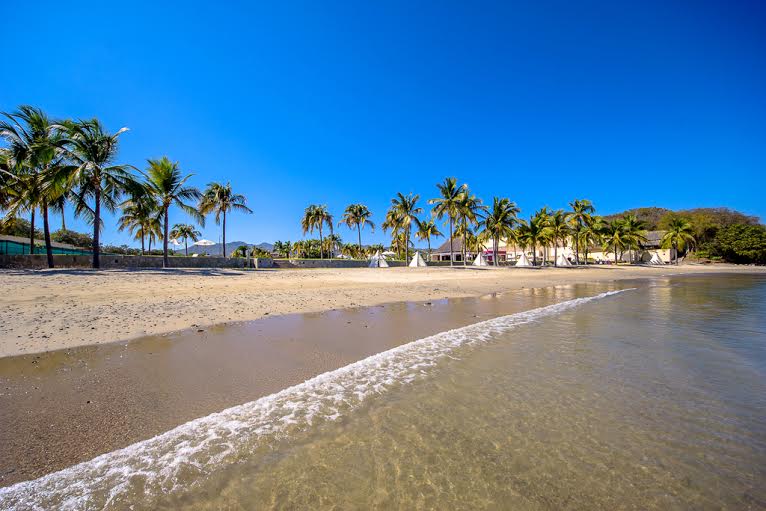Mexcaltitan Island
Mexcaltitan Island: Where Mexico Began
Long before the Riviera Nayarit became a tourist destination, it was part of the prominent Aztec empire. Recognized for naming the country Mexico, the Aztecs also conceived of the Mexican National Emblem, which is the crest at the center of the Mexican flag. The image of this crest emerged from the Aztec legend that tells of a new settlement being the site where a heron is seen sitting on a cactus in the center of a lake with a snake in its beak.
This legend inspired their pilgrimage in 1091 from the island, which is considered the mythical Aztlan (“land of the herons”) and birthplace of the Mexican identity. The snake-capturing heron was identified in present-day Mexico City where they built Tenochtitlan in 1325, an important archaeological site of ancient ruins today. Historians confirm the Aztecs identified themselves as “Mexicas” and named the new region “Mexica,” originating from “Mexcaltitan” and evolving into “Mexico.”
History of Mexcaltitan Island
Built by the Aztecs, the island is only 400 meters (1,300 feet) in diameter and can be covered by foot within a couple of hours, which is helpful since no cars are allowed. The island can only be reached by boat, just a 20-minute ride from La Batanga pier at San Blas. Since the island is normally underwater during the rainy season between September and November, it has been nicknamed “The Mexican Venice” (La Venecia Mexicana), because the only way through town is by boat.
Surrounded by mangrove marshes, which are natural shrimp habitats, shrimp fishing is the residents’ primary livelihood. The marshlands provide manta cloth and palm leaves for constructing levees and making barcinas (special bags) that dry shrimp. As a result, the island offers many regional specialties with fresh shrimp, such as zarandeado, paté, tamales, and aguachiles (spicy lime shrimp). This is also the birthplace of dried, crunchy shrimp (“cockroach shrimp”), a tasty snack that complements chilled beer.
Mexcaltitan Island Today
The island’s legacy creates a magical presence. In 1986, it received Historical Monument status and was designated as a Pueblo Magico (magic town) by the Mexican government. The Pueblos Magicos (magic towns) program was created in 2001 to enhance the preservation of significant historical places that have influenced Mexican culture and tradition. Today, Mexico has approximately 40 Pueblos Magicos with rich history, culture, and architecture that have resulted in increased tourism and much-needed income.
Although just a tiny island, it offers compelling cultural attractions. This picturesque town is decorated with traditional tile-roof buildings and charming unmarked shops identified by rote. Near the town square is a historic church and the Museo del Origen (Museum of Origin), which displays Aztec and Mesoamerican artifacts, such as the stone engraving of an image with that snake-capturing heron that led to the development of Mexico as the cultural treasure it is today.










